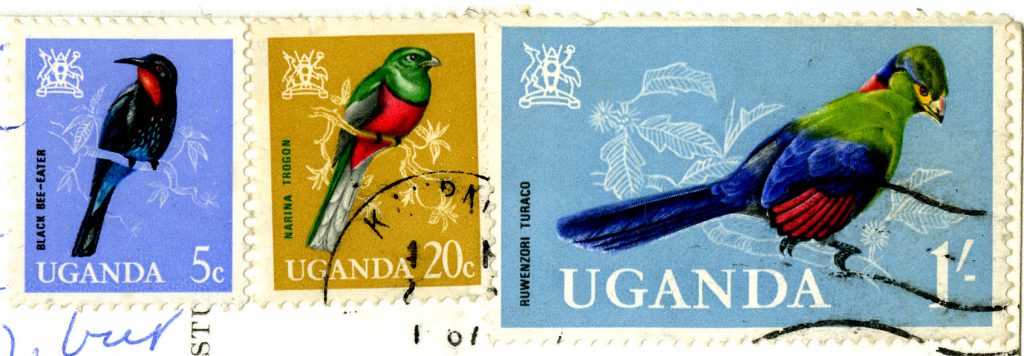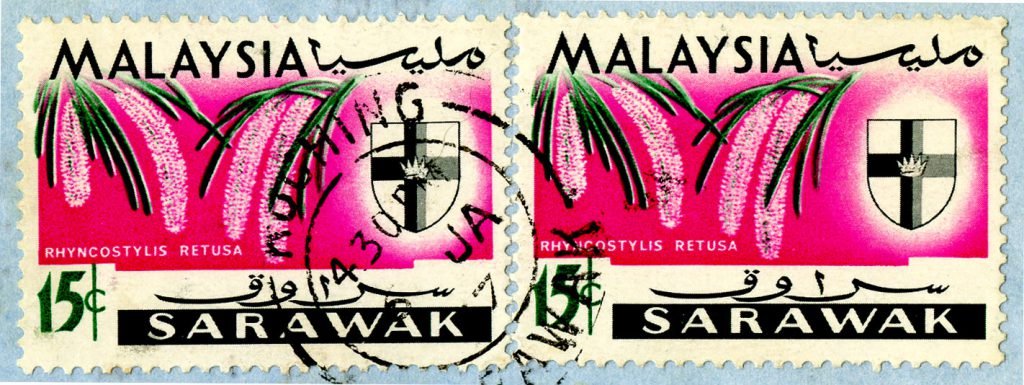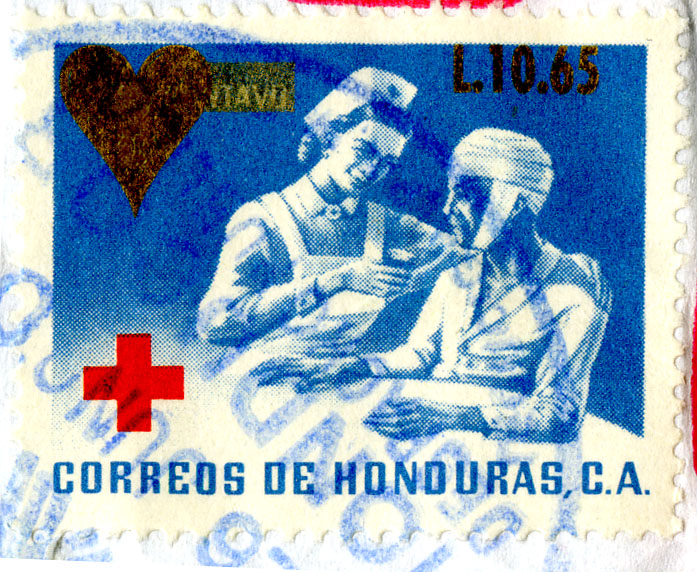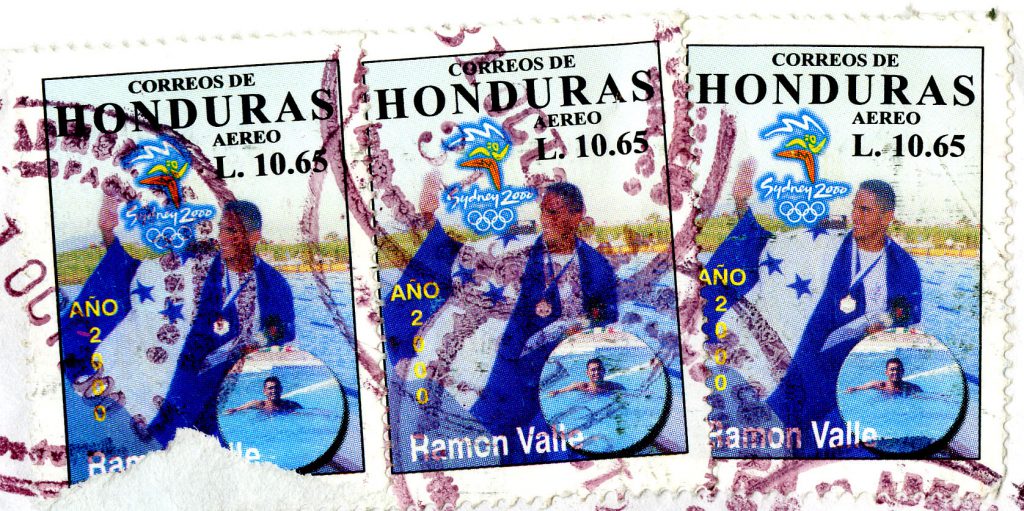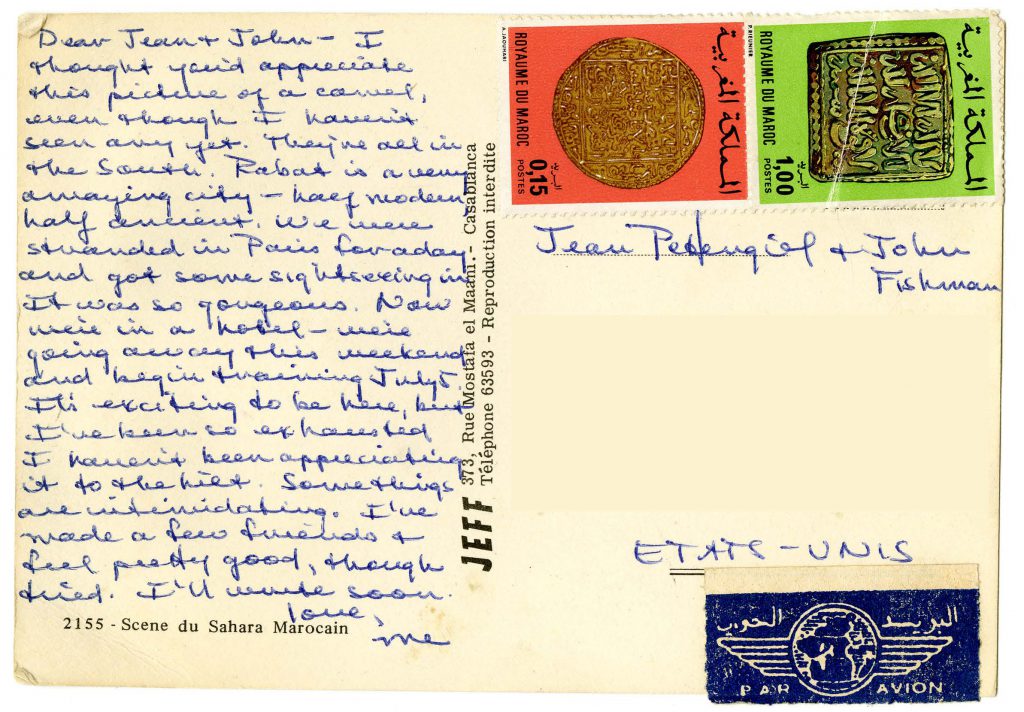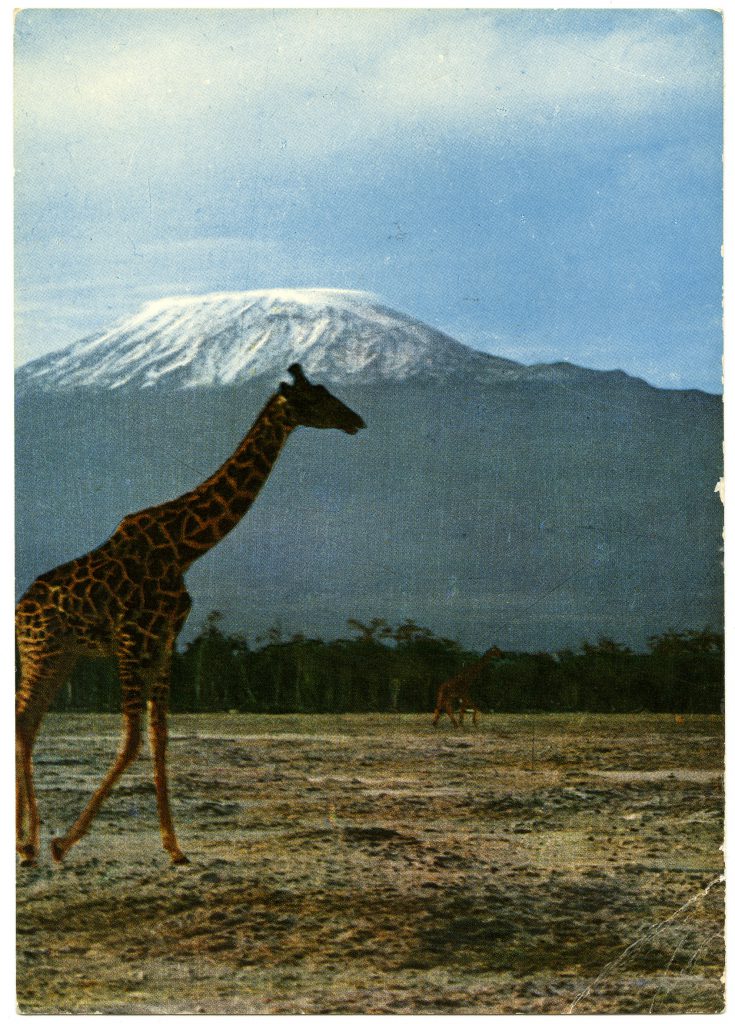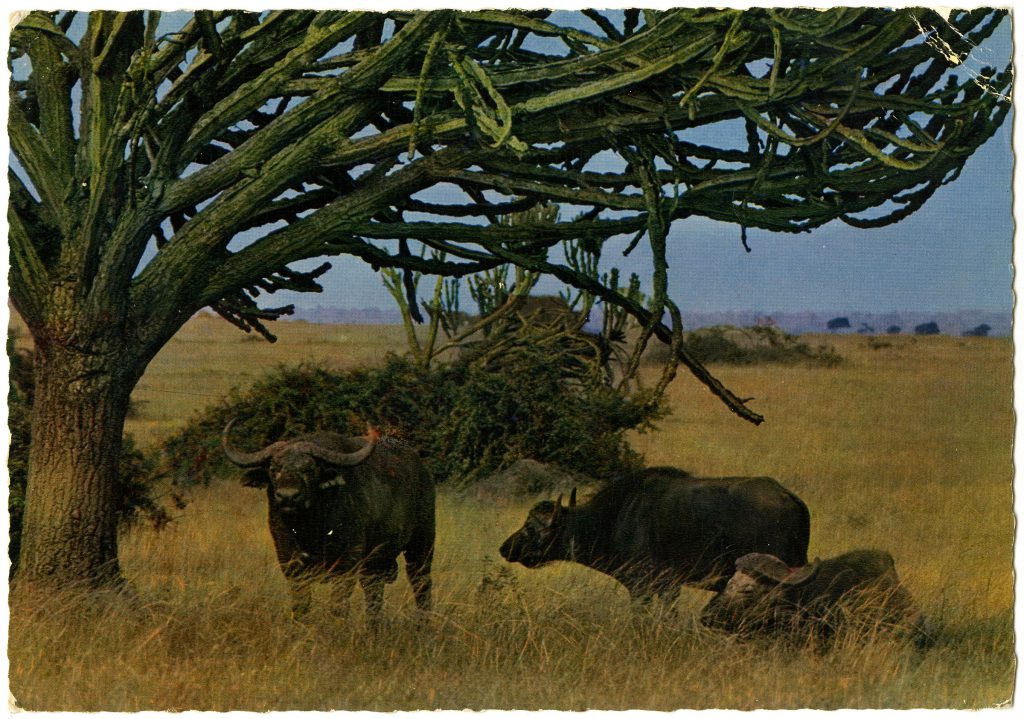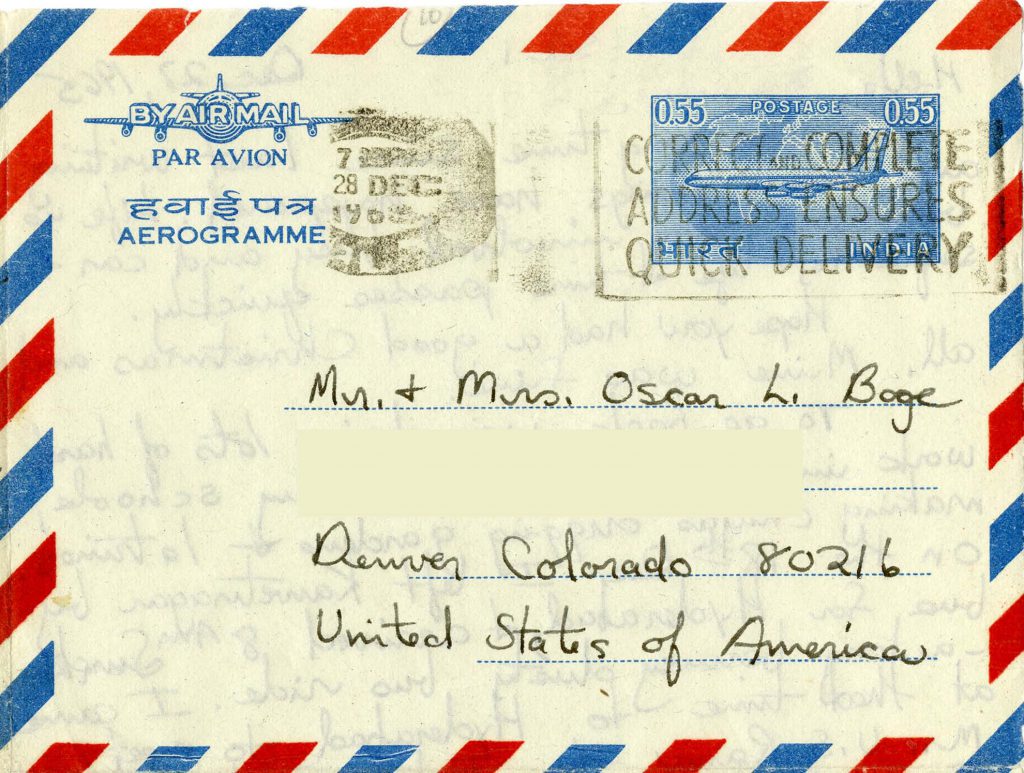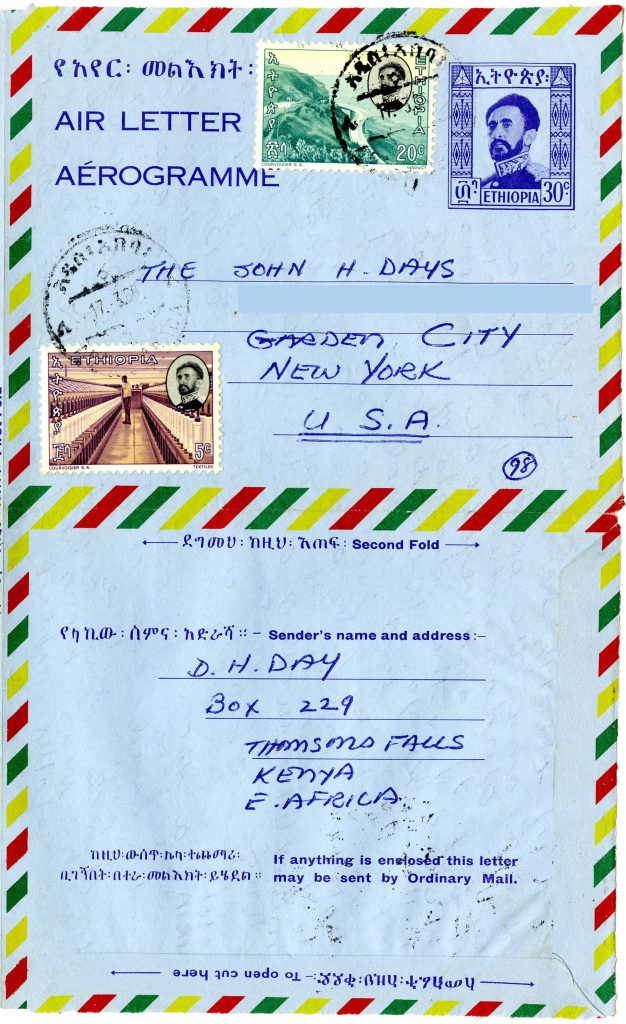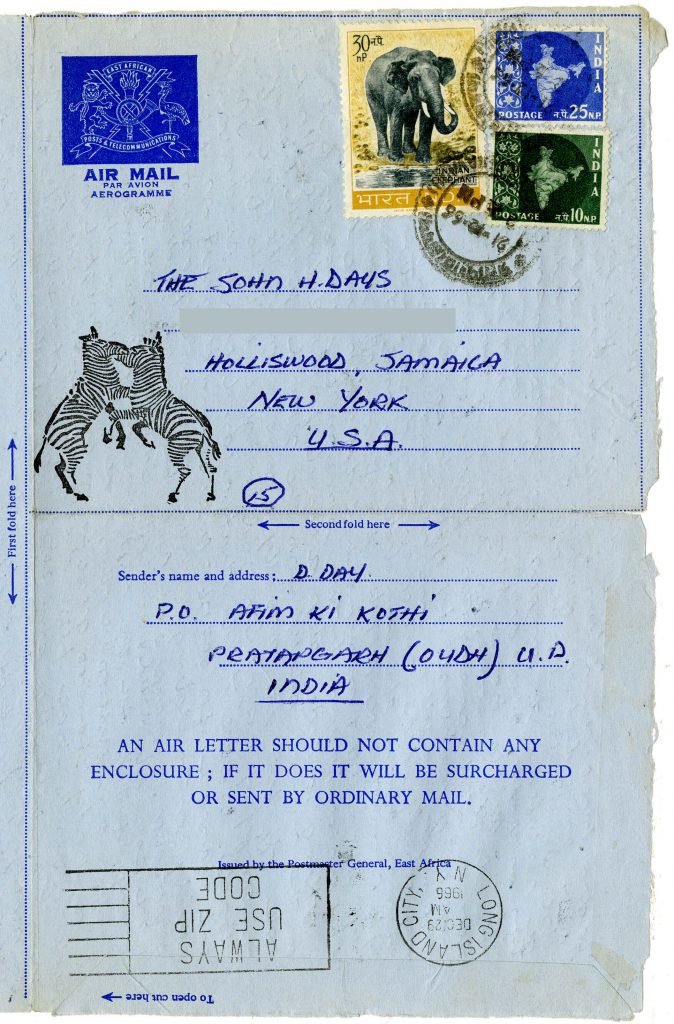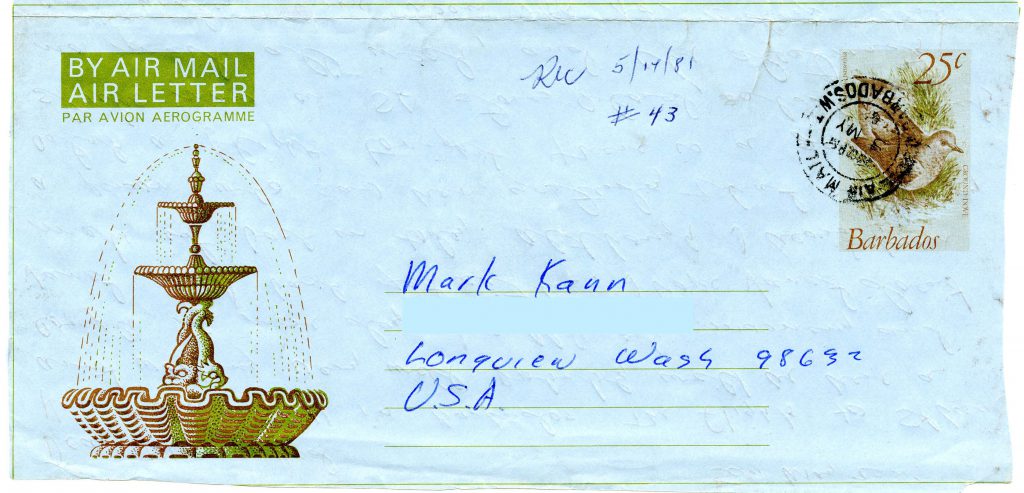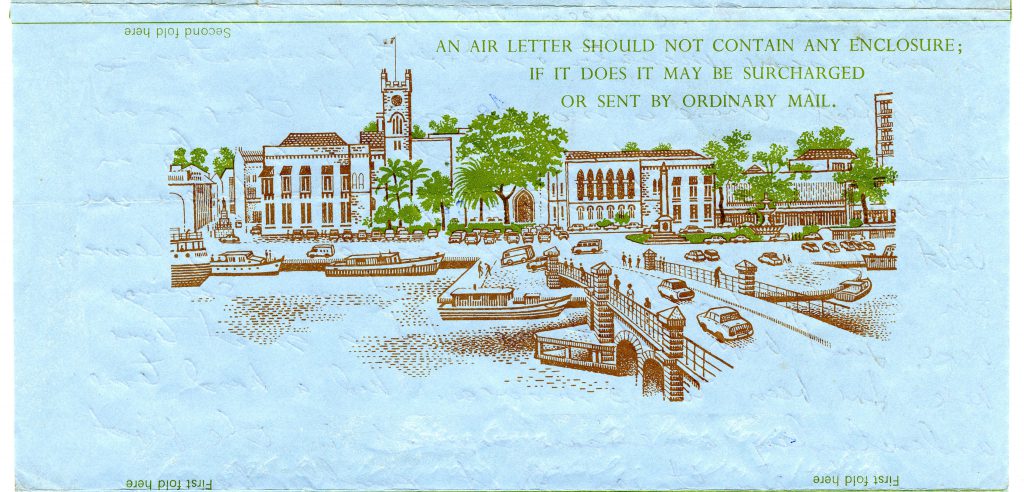On this day in 1972, the United States Postal Service released a First Day of Issue, or First Day Cover (FDC) stamp, “Honoring the Peace Corps.”
What in the world is a First Day Cover? The FDC is an envelope featuring a stamp “cancelled on the day [it] is initially placed on sale by the postal authorities.” Some collectors actively participate by placing the stamp on an envelope and sending it to the National Postal Service for cancellation.
A new stamp release is a large event, and is typically on the day significant to the stamp’s subject. The United States Postal service released the Peace Corps stamp on February 11, 1972—which seems to bear no special significance to the organization; however, according to the National Postal Museum, the timing was indicative of the agency’s decline. In 1971, the Peace Corps had been absorbed into the Nixon Administration’s umbrella domestic volunteer service agency ACTION. The Peace Corps petitioned for a stamp to celebrate the Peace Corps’ 10th Anniversary in an effort to boost recruitment and reassert independence.
Although the proposed stamp did not meet the criteria for the Citizen’s Stamp Advisory Committee (eligibility of commemoration in multiples of 50 years, themes of widespread national appeal, or ineligibility of government agencies or non-profit organizations) Peace Corps officials submitted designs from their 10th Anniversary poster contest.
Officials settled on the first runner-up poster design submitted by David Battle of Yellow Springs, Ohio, which features the flag’s stars turning into doves. This symbolism proved contentious after the stamp was first issued, with various people writing to the Postmaster General to complain about the disrespectful use of the flag and its reference to the peace movement. In an interview with the National Postal Museum, Battle said, “the doves were not inspired by the “peace movement” but rather represented the birth of an idea reaching out into an international arena. The stars morphing into birds represent a daring venture, much like the Peace Corps itself.”
In January, Dr. Robert Englund donated this envelope and stamp, addressed to Dr. J Allen Metz, to the Peace Corps Community Archive.
References:
“A Short Course on First Day Covers,” American First Day Cover Society, n.d. (Accessed January 21, 2020). http://www.afdcs.org/fdccourse.html/
Raynor, Patricia and James O’Donnell, “Object Spotlight: 1972 Peace Corps Stamp,” Smithsonian National Postal Museum, c. 2011 (Accessed January 2020) https://postalmuseum.si.edu/collections/object-spotlight/1972-peace-corps-stamp
“Stamp Subject Selection Criteria,” U.S. Postal Service. (Accessed January 21, 2020) https://about.usps.com/who-we-are/csac/criteria.htm

